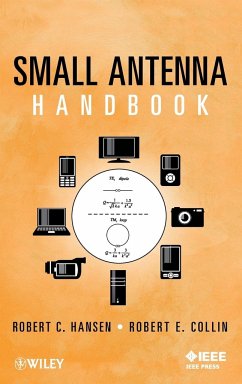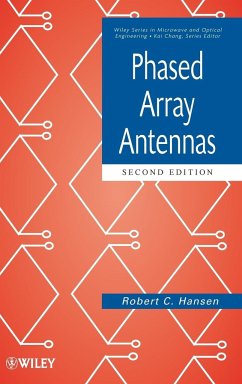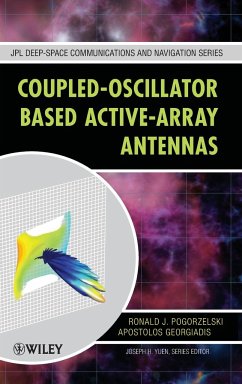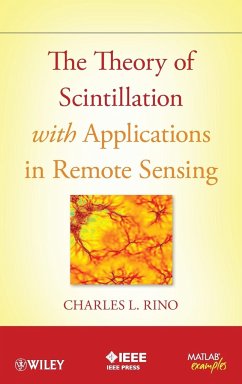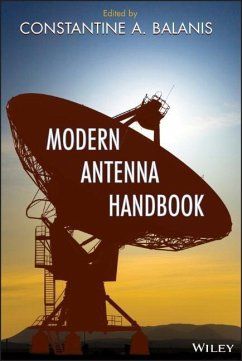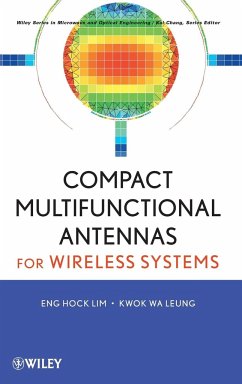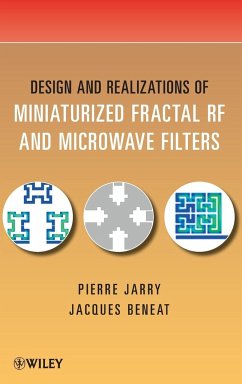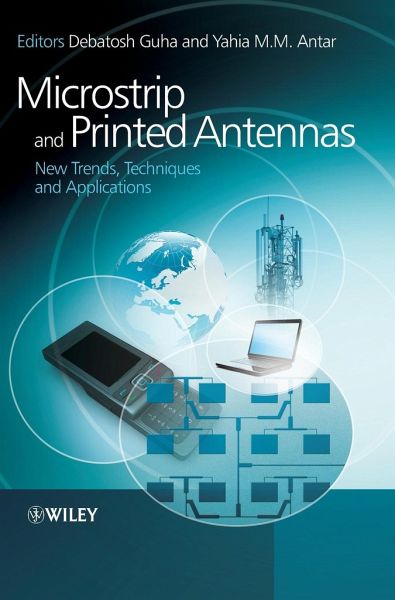
Microstrip and Printed Antennas
Versandkostenfrei!
Versandfertig in über 4 Wochen
162,99 €
inkl. MwSt.
Weitere Ausgaben:

PAYBACK Punkte
81 °P sammeln!
This book focuses on new techniques, analysis, applications and future trends of microstrip and printed antenna technologies, with particular emphasis to recent advances from the last decade. Attention is given to fundamental concepts and techniques, their practical applications and the future scope of developments. Several topics, essayed as individual chapters include reconfigurable antenna, ultra-wideband (UWB) antenna, reflectarrays, antennas for RFID systems and also those for body area networks. Also included are antennas using metamaterials and defected ground structures (DGSs). This book provides a reference for R&D researchers, professors, practicing engineers, and scientists working in these fields.
This book focuses on new techniques, analysis, applications and future trends of microstrip and printed antenna technologies, with particular emphasis to recent advances from the last decade In this book, the authors address topics such as reconfigurable antennas, ultra-wideband (UWB) antennas, reflectarrays, antennas for RFID systems and wearable antennas for body area networks. Antennas using metamaterials and defected ground structures (DGSs) are also explained. The authors discuss essential aspects including advanced design, analysis and optimization, and cover fundamental concepts and techniques, their practical applications and the future scope of developments. Key Features: * Addresses emerging hot topics of research and applications in microstrip and printed antennas * Considers the fundamental concepts, techniques, applications and future scope of such technologies * Discusses modern applications such as wireless base station to mobile handset, satellite earth station to airborne communication systems, radio frequency identification (RFID) to body area networks, etc. * Contributions from highly regarded experts and pioneers from the US, Europe and Asia Microstrip and Printed Antennas: New Trends, Techniques and Applications provides a reference for R&D researchers, professors, practicing engineers, and scientists working in these fields. Graduate students studying/working on related subjects will find this book insightful.





